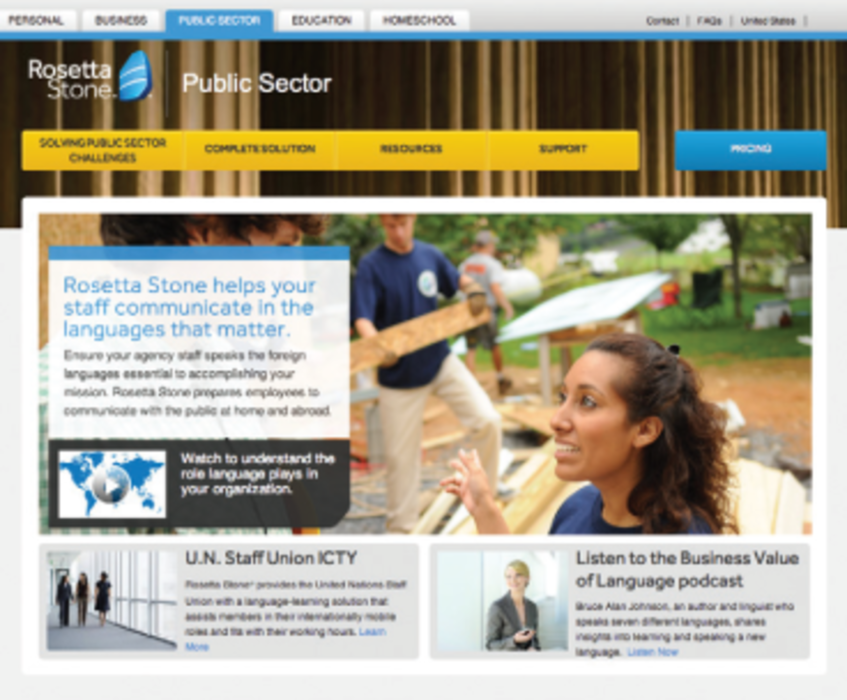If it ain’t broke, don’t fix it, the saying goes, and in the world of digital marketing that old quote refers to nothing if not welcome emails. People opt in to an email list because they’re taken with a brand, and when that brand responds with a welcome, the open rate is about 80%.
But some marketers aren’t completely happy with a good thing. They want to make it better. One of those marketers is Wesley Ward, the email marketing manager for Grainger Inc., a global business that supplies companies with everything from lighting to packaging to office products to carts and ladders. Revenue from the company’s email marketing is significant, and welcome emails are probed and tested by Ward and his team to maximize engagement and sales not only based on the welcome email itself, but also to set the tone for what customers can expect throughout their lifecycle.
“Welcome emails are crafted based on where the customer was acquired. Was it through the sales organization? Online? Once you’ve learned something, you build from there,” Ward says. “Every time we send something, we look at it as an opportunity to listen to the customer. Our system is automated to adjust the next message based on what [customers] did in the previous one.”
Grainger puts a row of product images above the fold in its emails, and because the company sells thousands of products in hundreds of categories, it needs to get the mix right in its welcome emails. The company has tested numbers of images (three to six), personalized copy, and subject lines. “We find generic subject lines like “Pick a Winner,” work best. Then we leverage the data points to customize future emails,” Ward says.
Data treasure trove
Epsilon SVP of Digital Marketing Solutions Quinn Jalli encourages the use of welcome emails for data collection. “You can acquire information about preferences in the way you structure an email,” he says. If you’re a retailer with a lot of products and a lot of customers, you can probe them and triangulate on their desires.”
Marketers can also extend the welcome process beyond one email to support new customers as they first explore what a company has to offer. TJ Hunter, senior database marketing manager at language-learning software provider Rosetta Stone, notes that first-time visitors to the company’s website may come on wanting to learn German, for instance, then decide later that they want to learn French. He believes in staying flexible during the welcome process.
“If you had one conversation with someone, would you know all of that person’s desires and interests?” Hunter asks. “Imagine looking in a store for a new tablet and having someone try to sell you a marine radio. We send out at least three communications and learn from each one. Our objective is cancelling out some of the noise in the usual first engagement email.”
Jalli says that, no matter what approach they want to take, the only thing that marketers can do wrong with welcome messages is delay sending them. “If I go to a site and opt in, you’ve got to respond to me immediately, in real time, because you know I’m online,” he says.







